1. Meat Grinder
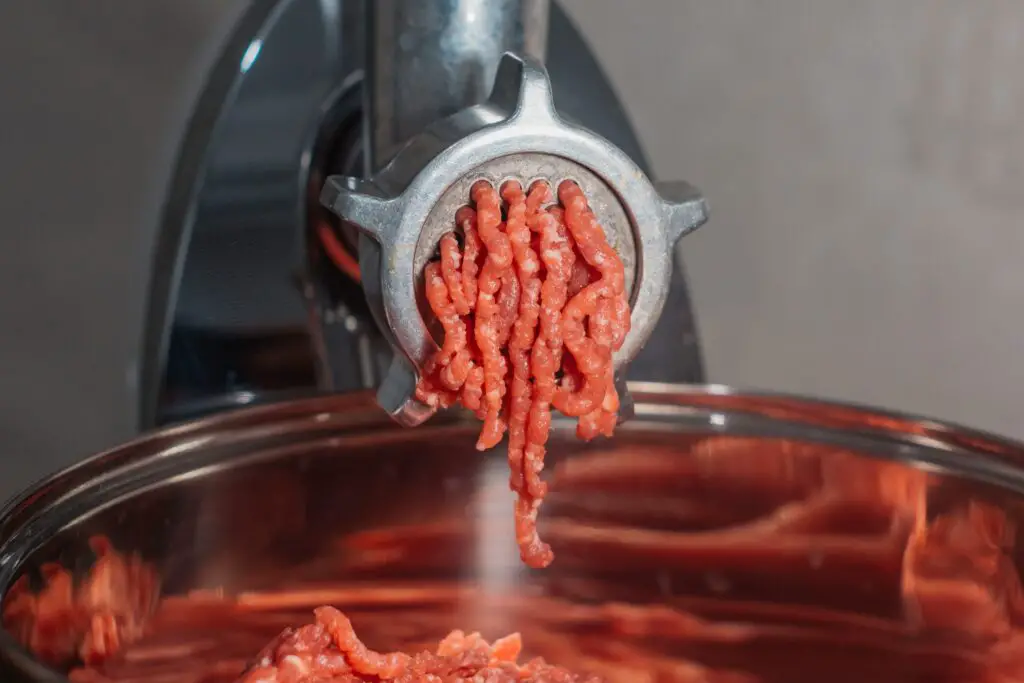
If you’ve ever seen one of these old-school meat grinders clamped to the edge of a kitchen table, you know they look straight out of a horror movie. Made of heavy cast iron with a hand crank and sharp internal blades, this thing could turn a roast into ground beef in minutes. But if you weren’t careful, it could also take a chunk out of your fingers. Our grandparents swore by these, though, using them to make everything from sausage to hamburger patties. It was a must-have before grocery stores carried pre-packaged ground meat says BuzzFeed.
Cleaning them, however, was a nightmare. You had to take the whole thing apart and scrub out every last bit of meat to keep it from getting, well, disgusting. The sheer weight of these grinders meant they were practically indestructible, but they also looked like they belonged in a medieval dungeon. You can still find them in antique stores today, but most people would rather just buy ground beef at the store and call it a day adds Delish.
2. Cherry Pitter
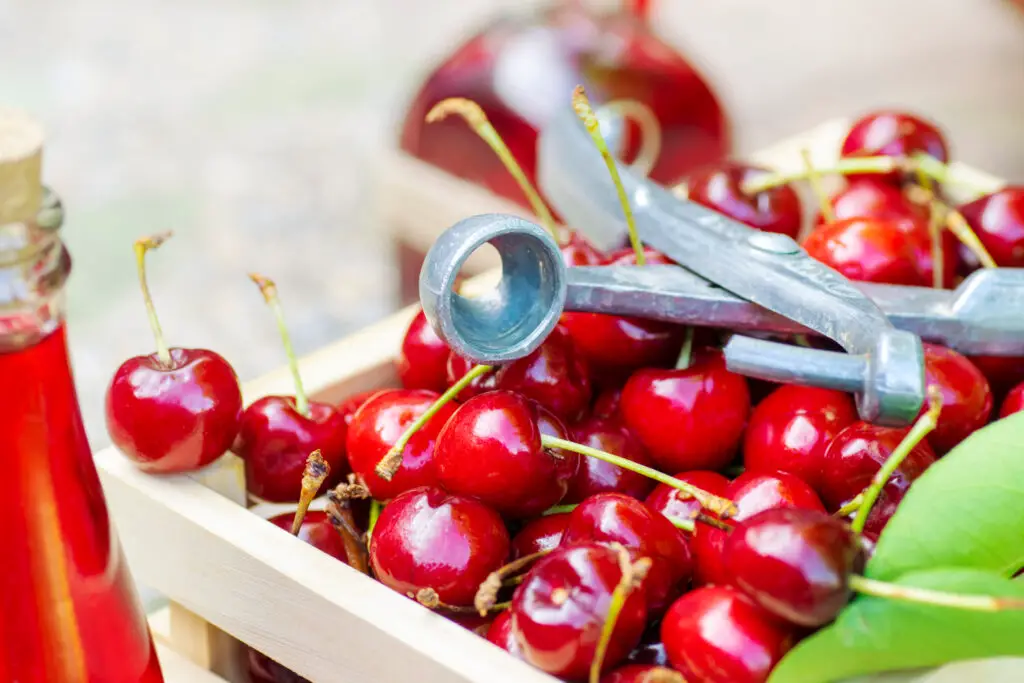
This little contraption was designed to remove the pits from cherries, but it looks more like an instrument of pain. Made of metal, it had a spring-loaded mechanism that would push the pit straight through the fruit with one satisfying (or terrifying) press. If you weren’t careful, you could easily pinch your fingers in it according to the New York Times. Grandparents used these religiously for baking pies, making preserves, and keeping those pesky pits out of their teeth.
The process was oddly satisfying but also a little gruesome. The pits would shoot out with surprising force, sometimes landing across the room. Some old models even resembled tiny guillotines, which is a little unsettling when you think about it. Nowadays, most people just deal with the pits or buy pre-pitted cherries. But if you ever get your hands on one, it’s kind of fun to use—just watch your fingers shares the Pioneer Woman.
3. Butter Churn

If you’ve never seen an old-fashioned butter churn in action, it looks like something a blacksmith might have used. These large wooden barrels with a long-handled plunger required serious arm strength to turn cream into butter. The rhythmic up-and-down motion took forever and left your arms aching. Our grandparents had patience, though, because homemade butter was worth the effort. They’d work at it until the cream magically thickened into golden, spreadable perfection.
The real challenge was keeping everything clean. If you didn’t scrub the churn properly, leftover dairy could turn rancid fast. The whole contraption also took up a ridiculous amount of space, making it a hassle to store. Now, we just grab a tub of butter at the grocery store without a second thought. But back in the day, if you wanted butter, you had to earn it.
4. Potato Ricer
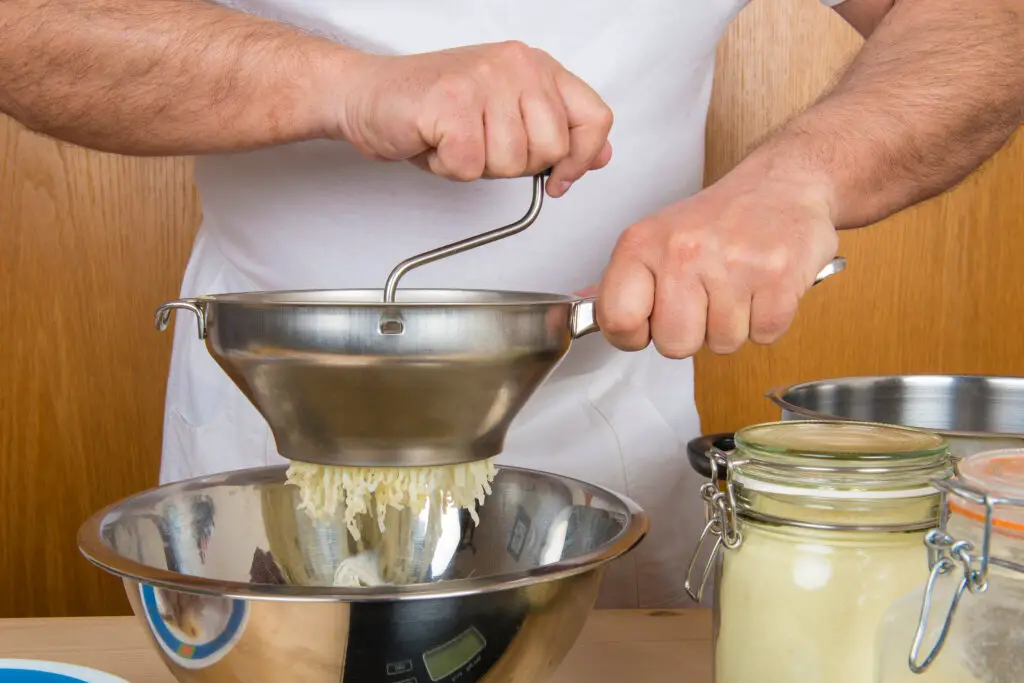
A potato ricer sounds harmless, but one look at it and you might change your mind. This metal device looks suspiciously like a giant garlic press, with tiny holes and a lever that forces boiled potatoes through. The result is fluffy, perfectly mashed potatoes, but getting there required some muscle. If you weren’t paying attention, you could easily pinch your fingers in the hinge. Grandparents swore by these because they made the smoothest mashed potatoes imaginable.
The cleanup, however, was another story. Potato bits would get stuck in the tiny holes, making it a pain to wash. Some people even tried using these for other foods, like squeezing excess water from greens, but that usually just made more of a mess. These days, most people stick to regular mashers or electric mixers. But if you ever want to test your strength, give a potato ricer a try.
5. Mandoline Slicer

This kitchen tool is the reason many grandparents had at least one finger covered in a bandage. A mandoline slicer is essentially a razor-sharp blade mounted on a board, designed to slice vegetables with terrifying efficiency. Slide a potato or cucumber too quickly, and you might lose a little more than just the skin. Grandparents loved them because they made perfectly uniform slices for salads, pickles, and chips. They’d slice away without fear, trusting their steady hands to keep everything intact.
Modern versions at least come with safety guards, but the old ones? No such luck. Many of them were just bare metal blades with nothing but your reflexes standing between you and a nasty cut. Even today, professional chefs warn people to use extreme caution. But our grandparents? They wielded these like it was no big deal.
6. Cast Iron Apple Peeler
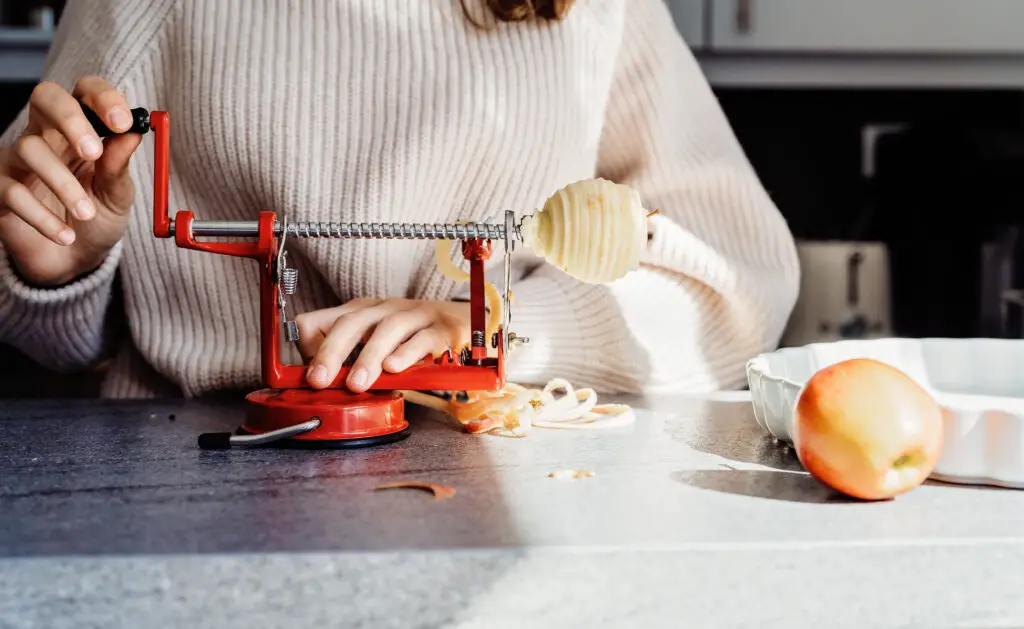
This thing looks more like a blacksmith’s tool than something you’d find in a kitchen. It clamps onto the counter, and with a few turns of a handle, it peels, cores, and slices an apple in one go. It’s efficient, but also a little terrifying to watch in action. The sharp blades and twisting mechanism could make short work of an apple—or your fingers if you weren’t paying attention. Grandparents loved these for making pies, applesauce, and dried apple rings.
The peeling process was mesmerizing, but the cleanup was another story. The gears would get clogged with sticky apple residue, and if you didn’t clean it right away, it was a nightmare to scrub. Still, it was a lifesaver for anyone dealing with bushels of apples. Nowadays, most people just use a knife or one of those plastic hand-held corers. But the old-school versions? They look ready for battle.
7. Sausage Stuffer
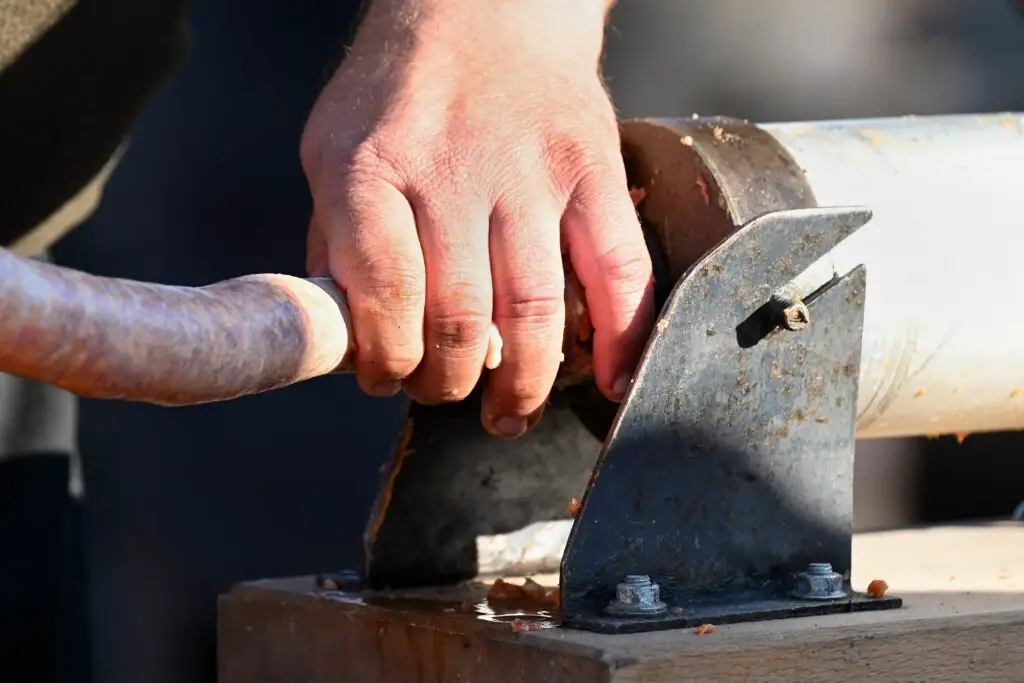
Imagine a metal tube with a crank handle and a plunger, and you’ve got the basic idea of a sausage stuffer. It forced seasoned meat into casings with alarming force, creating homemade sausages that were far superior to store-bought. But using one was a messy, labor-intensive ordeal. If the casing tore, meat would explode everywhere. Grandparents took their sausage-making seriously, though, and this was the tool for the job.
Cleaning it was another challenge entirely. Grease and raw meat would get into every crevice, making scrubbing a long process. But for families who raised their own livestock, this was just part of life. Today, we can just grab a pack of sausages at the store, but back then, you had to get your hands dirty.
8. Corn Husker
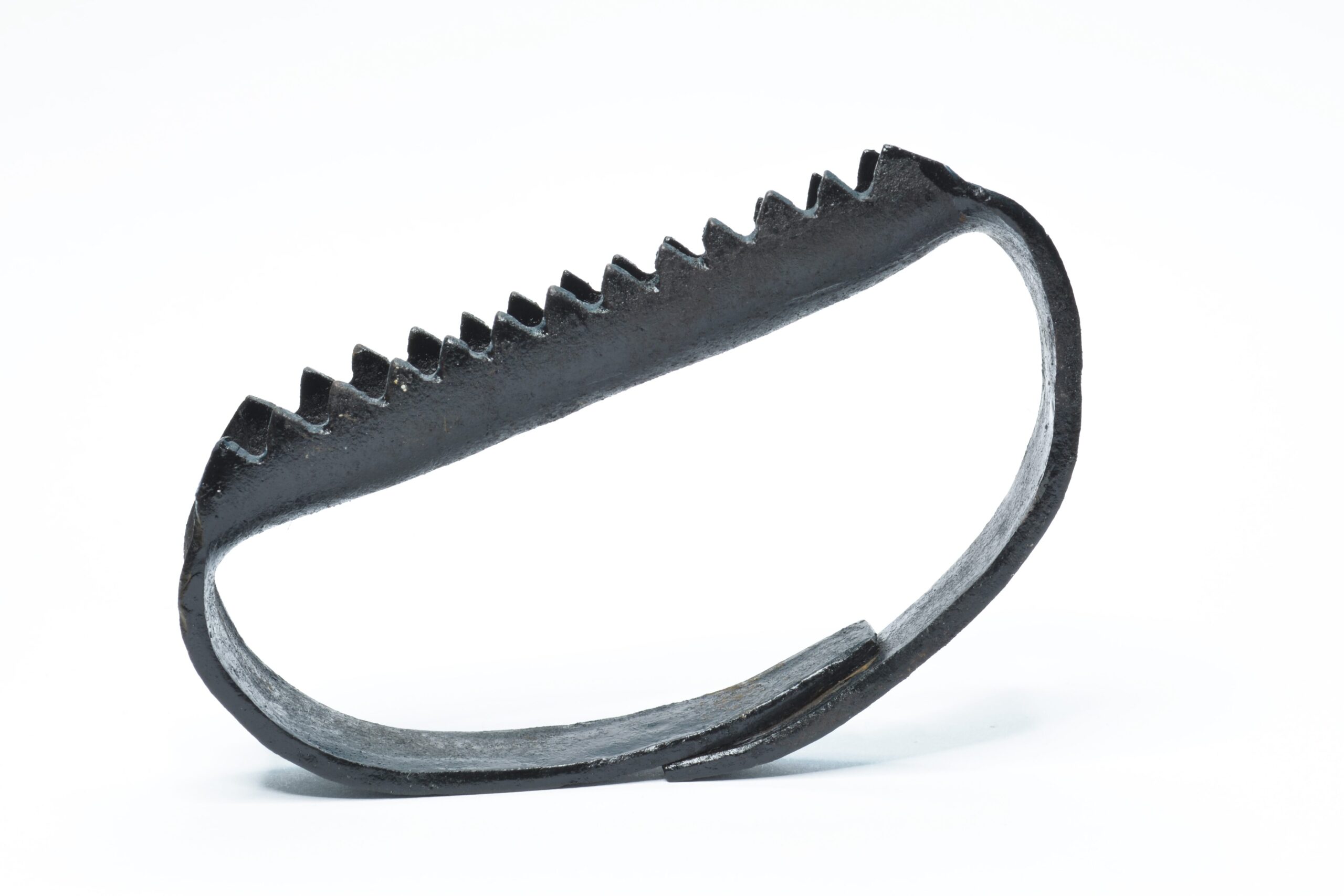
This metal contraption had sharp teeth that could strip the husks and silk from corn in seconds. It saved a ton of time compared to peeling each ear by hand, but it looked a bit menacing. One wrong move, and it could easily scrape your fingers instead. Grandparents loved them because they made preparing corn for canning or cooking much faster.
Using one was satisfying but also a little dangerous. The sharp blades dulled over time, but they were still strong enough to do some damage. These days, most people just peel corn the old-fashioned way, but back then, efficiency was king. If you ever come across one of these, handle it with care.
9. Hand-Crank Egg Beater
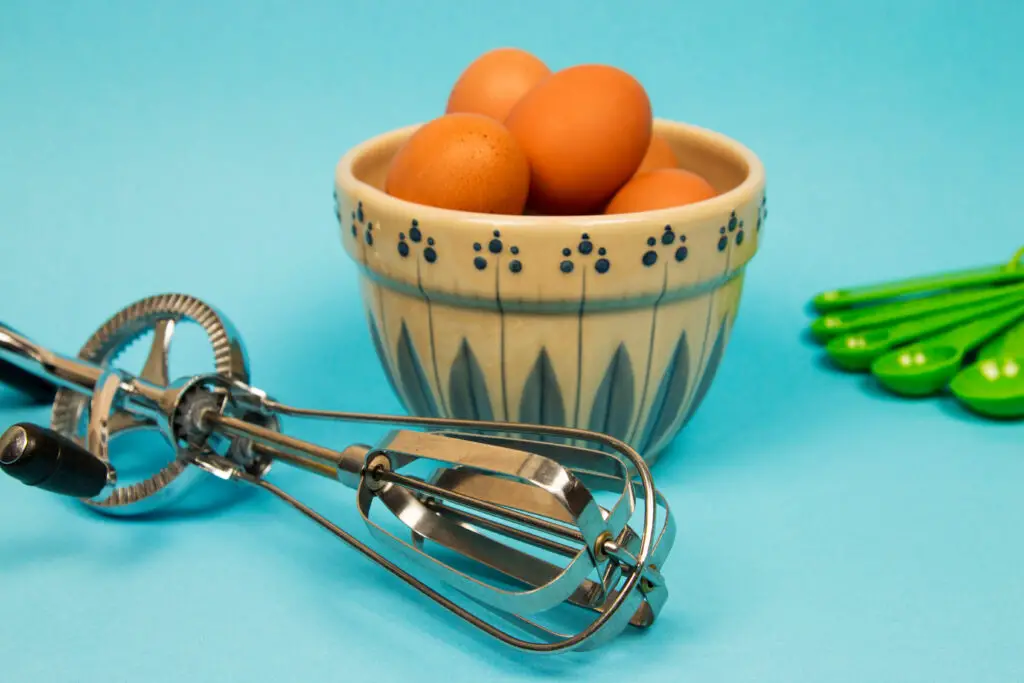
This old-fashioned tool looks innocent enough—until you try using it. A hand-crank egg beater has two interlocking metal beaters attached to a crank handle, which spins them rapidly when turned. If you lost control, the beaters could whip around wildly, splattering batter everywhere. Grandparents relied on these before electric mixers were common, using them for everything from whipping cream to mixing cake batter. The metal gears and sharp edges made them surprisingly dangerous if fingers got too close.
Cleaning them was a pain because batter tended to get stuck in every little crevice. If you didn’t rinse it immediately, it would dry into a rock-hard mess. Despite their hazards, these beaters lasted forever and were often passed down through generations. Now, most people opt for electric mixers, but these still show up in antique shops as a reminder of just how much effort baking used to take.
10. Fluted Pastry Cutter
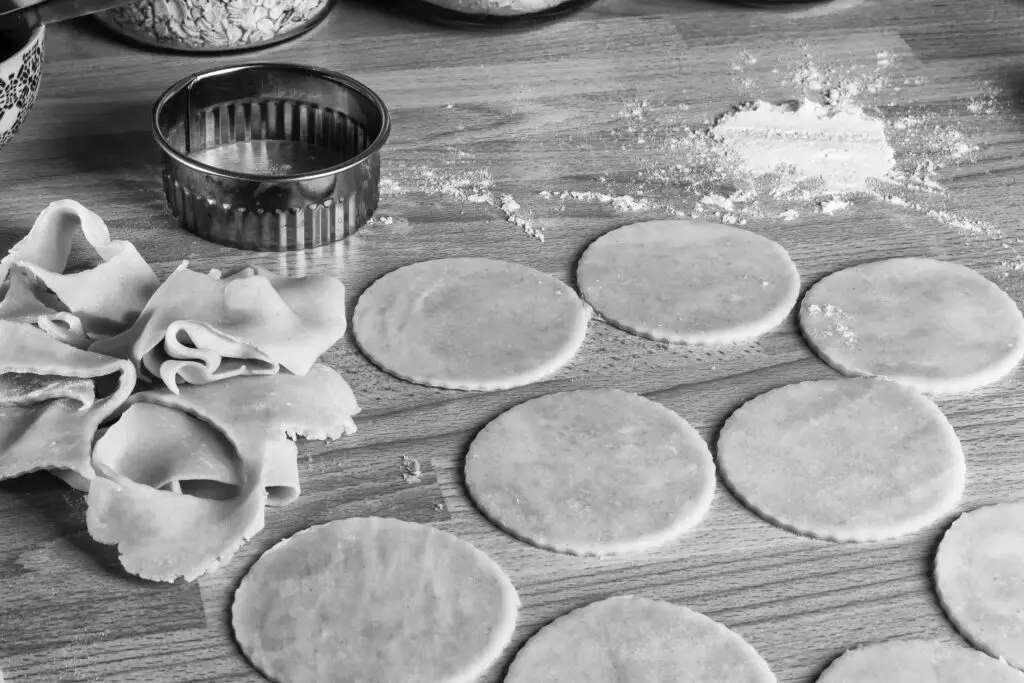
A fluted pastry cutter might seem harmless, but in the wrong hands, it’s basically a tiny, serrated pizza wheel of destruction. With its sharp, jagged edges, it was designed to cut decorative patterns into pie crusts and pastries. If you weren’t careful, though, it could easily slice a finger instead. Grandparents used these to make their pies look extra fancy, creating intricate latticework and crimped edges. Despite its dangerous potential, it was a staple in every baker’s kitchen.
The challenge was keeping it clean. Dough would get stuck between the fluted edges, making it frustrating to scrub. If it was left damp, it could rust, turning it into an even bigger hazard. These days, most people use pre-made pie crusts, so the pastry cutter doesn’t see much action. But back in the day, baking wasn’t just about taste—it was about presentation, too.
11. Bread Slicer
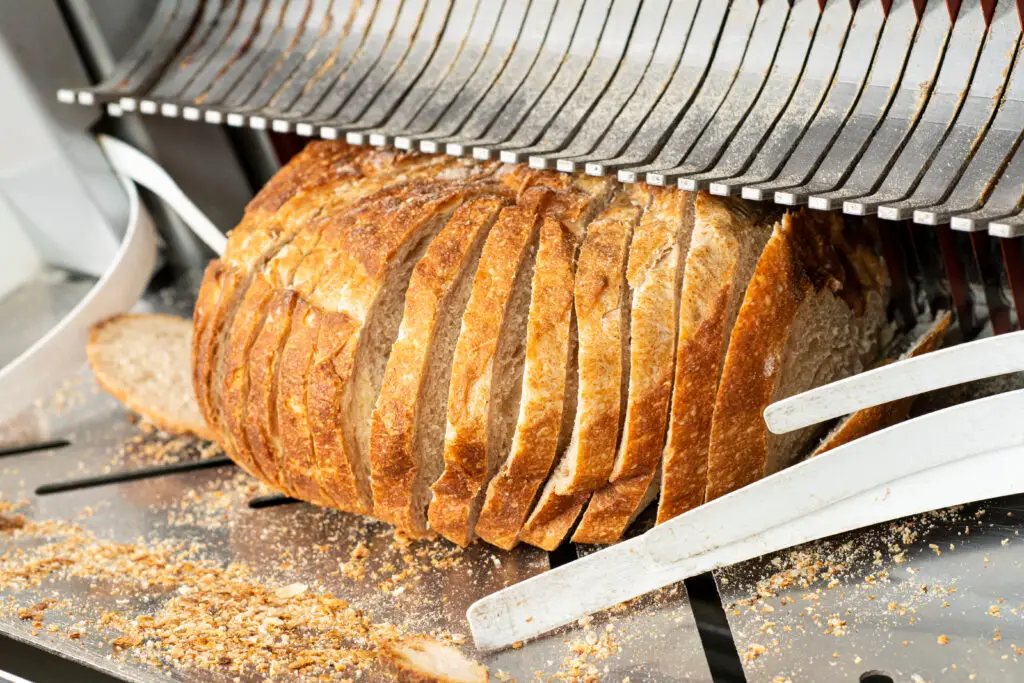
Old-fashioned bread slicers weren’t the neat plastic guides we have today. These were heavy-duty wooden contraptions with a series of dangerously sharp metal blades. You’d push a loaf of bread through the slicer, and in seconds, it would be divided into even slices—but if you weren’t careful, your fingers might go with it. Grandparents loved these because they made perfectly uniform slices, long before pre-sliced bread was the norm.
The downside was that cleaning between the blades was nearly impossible without risking a few cuts. If you didn’t dry it properly, it could rust, making things even trickier. Over time, many people stopped using them in favor of pre-packaged sliced bread, which required zero risk to life and limb. But if you ever see one of these old slicers, you’ll understand why they look like something from a torture chamber.
12. Sugar Nippers
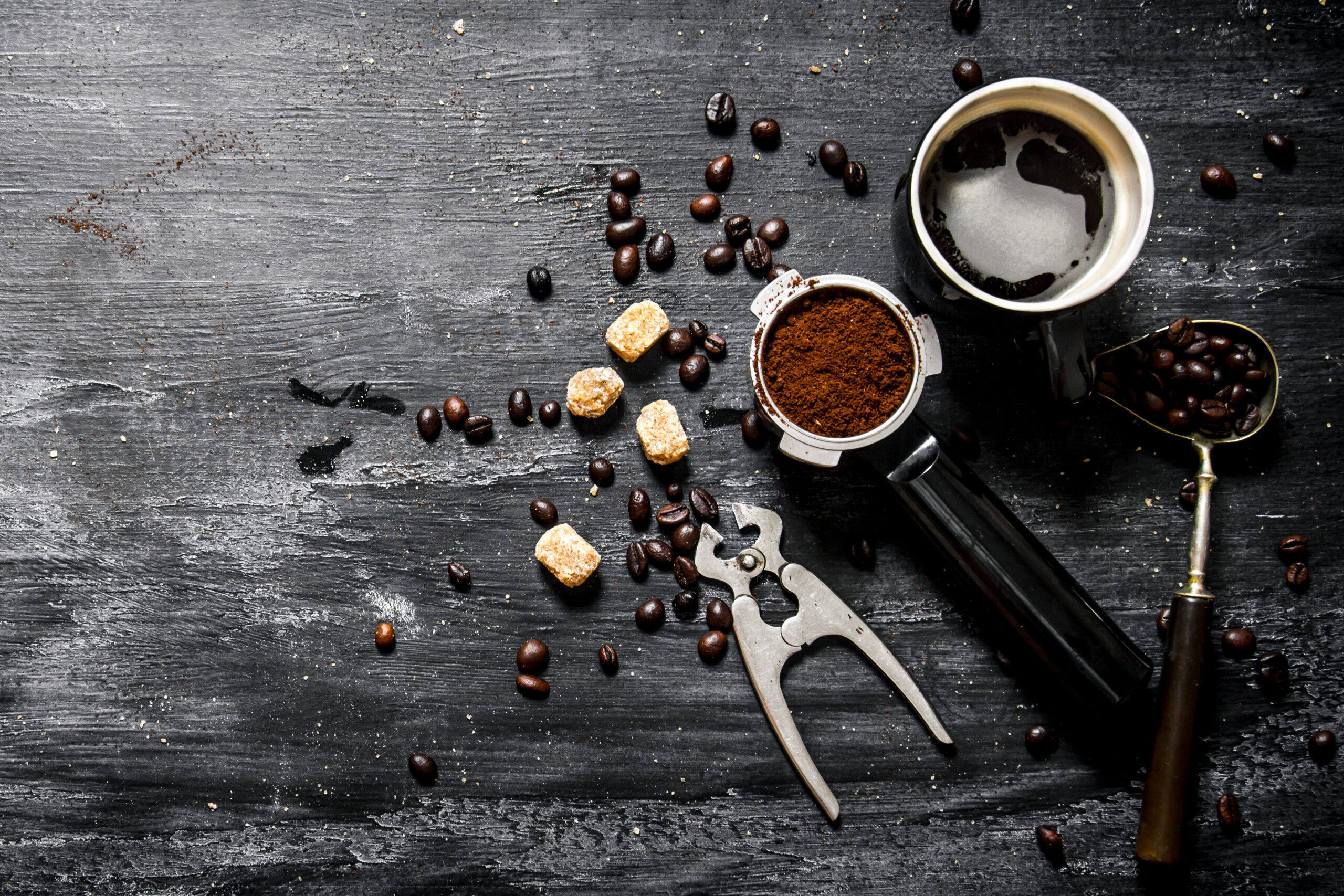
Sugar didn’t always come in easy-to-pour granules. Back in the day, it was sold in hard, conical loaves, and you had to break off chunks using sugar nippers. These iron pincers had sharp, pointed ends that could crack sugar—and possibly knuckles if you weren’t careful. Grandparents used them daily for sweetening tea, baking, and just about everything else. The force needed to break off a piece sometimes sent sugar flying across the kitchen.
If you weren’t careful, the pointed ends could easily jab into your hand instead of the sugar loaf. They required a lot of strength, and you had to be strategic about where you placed them to avoid breaking too much off at once. Over time, granulated sugar took over, making these obsolete. But they remain a fascinating (and slightly terrifying) relic of the past.
